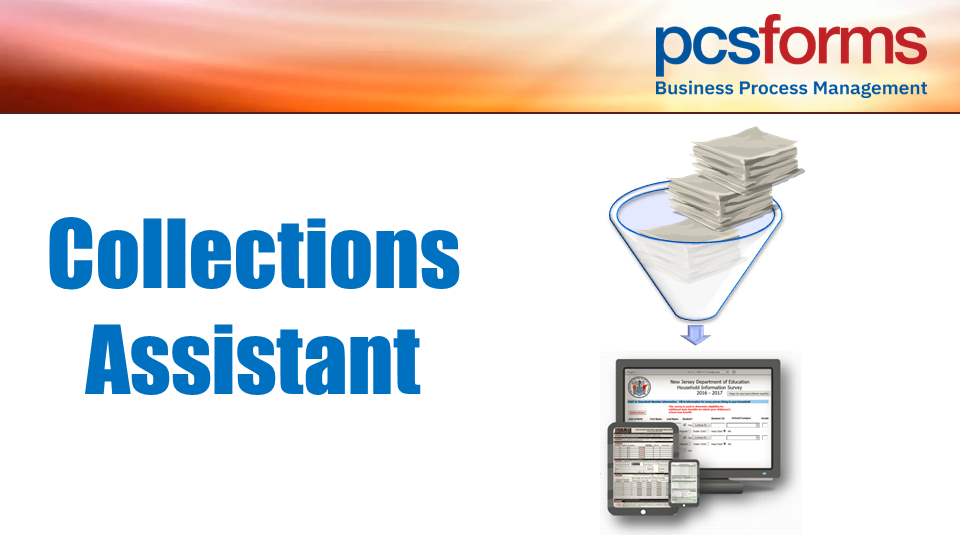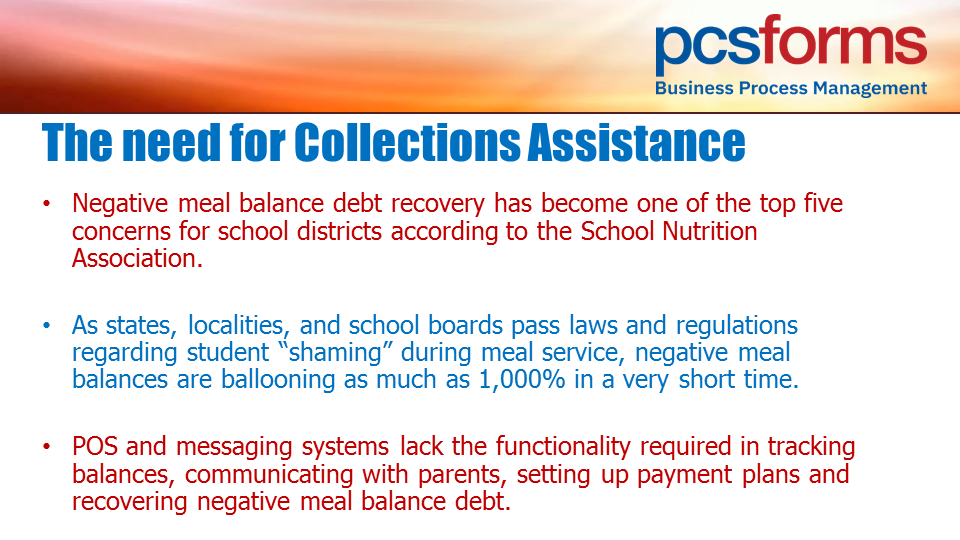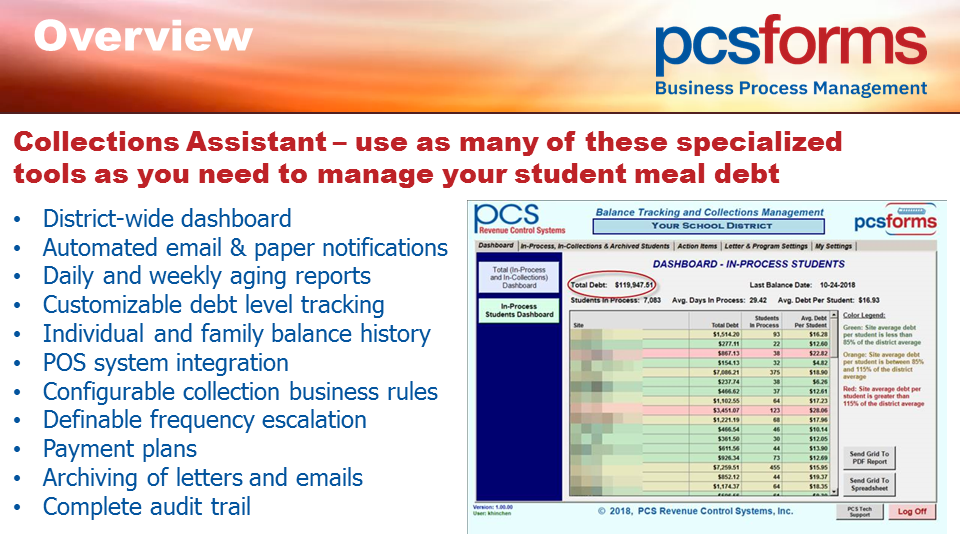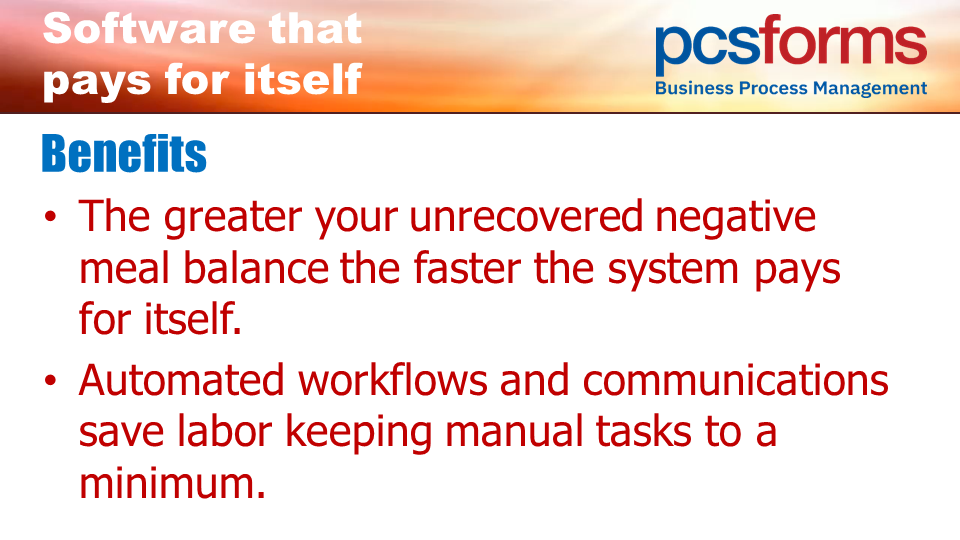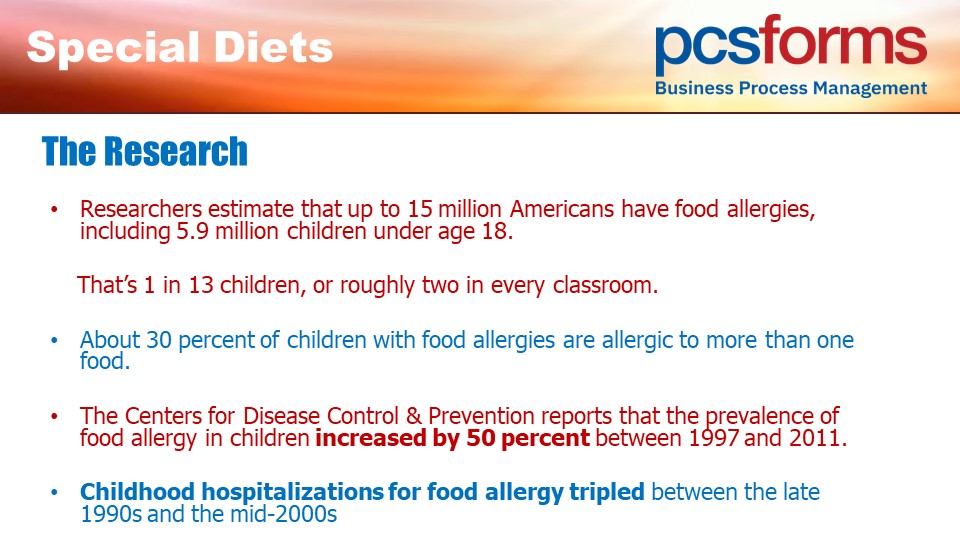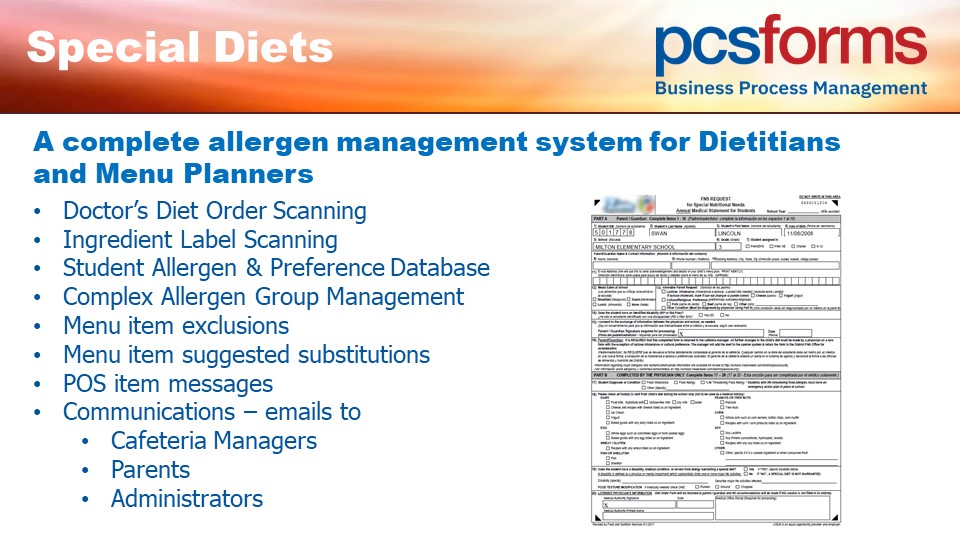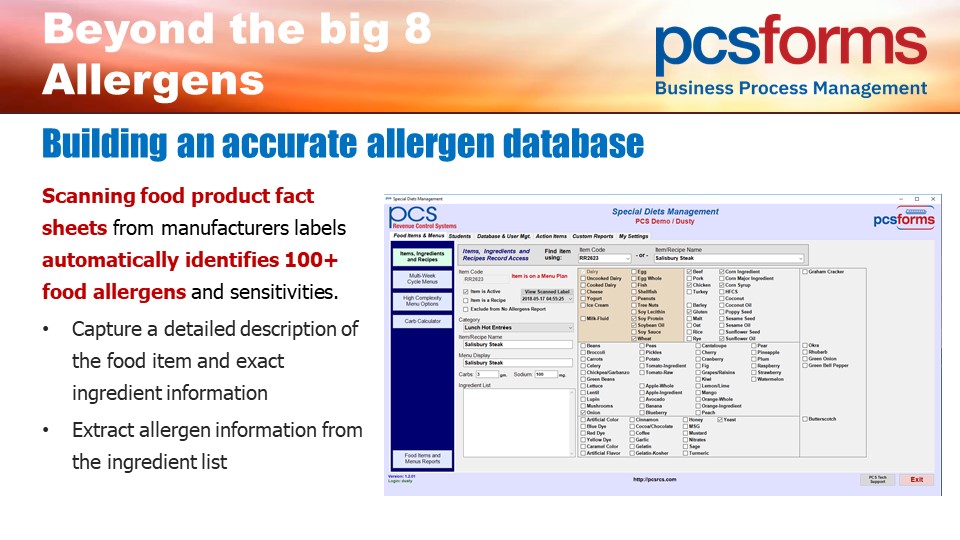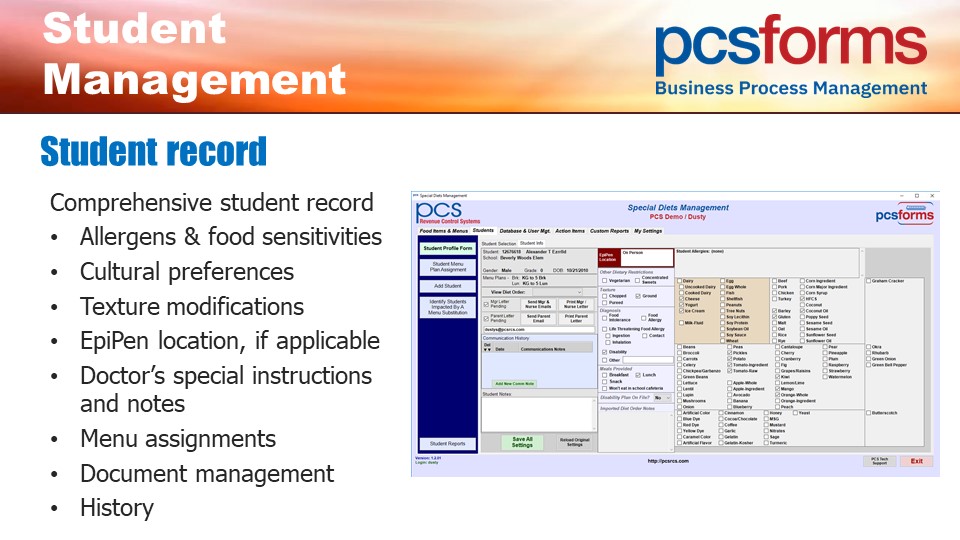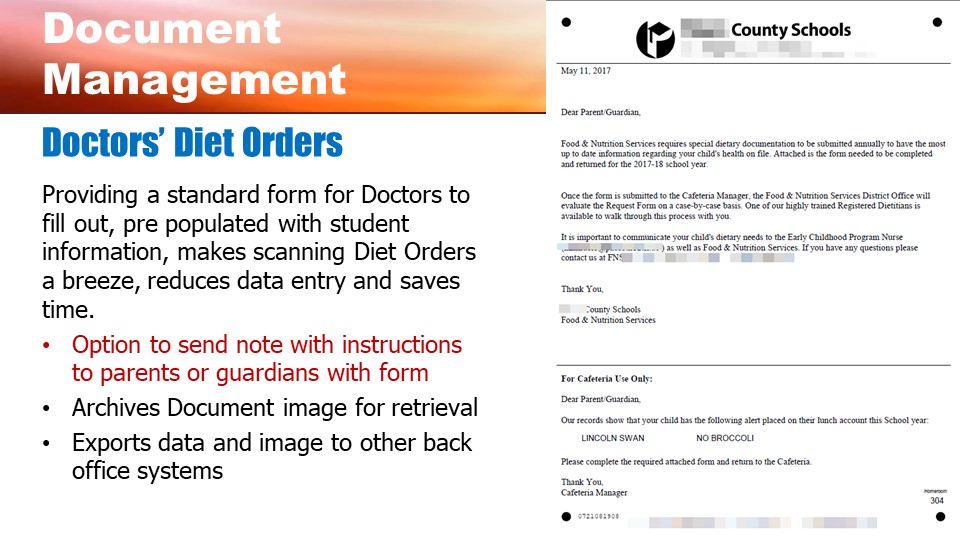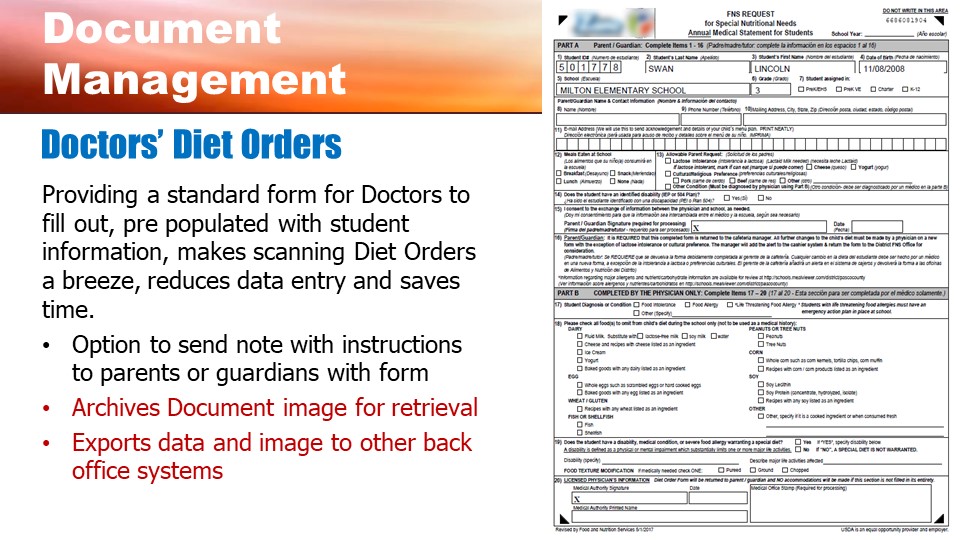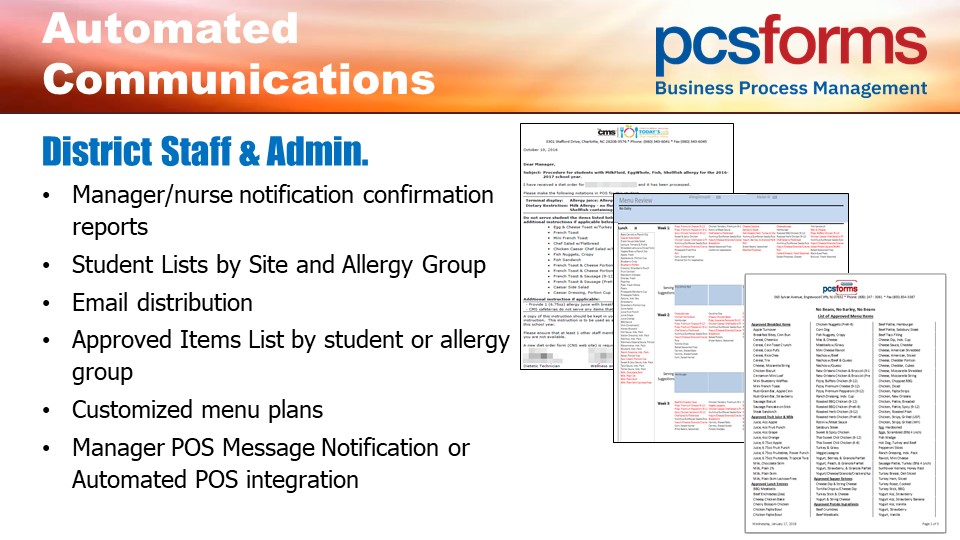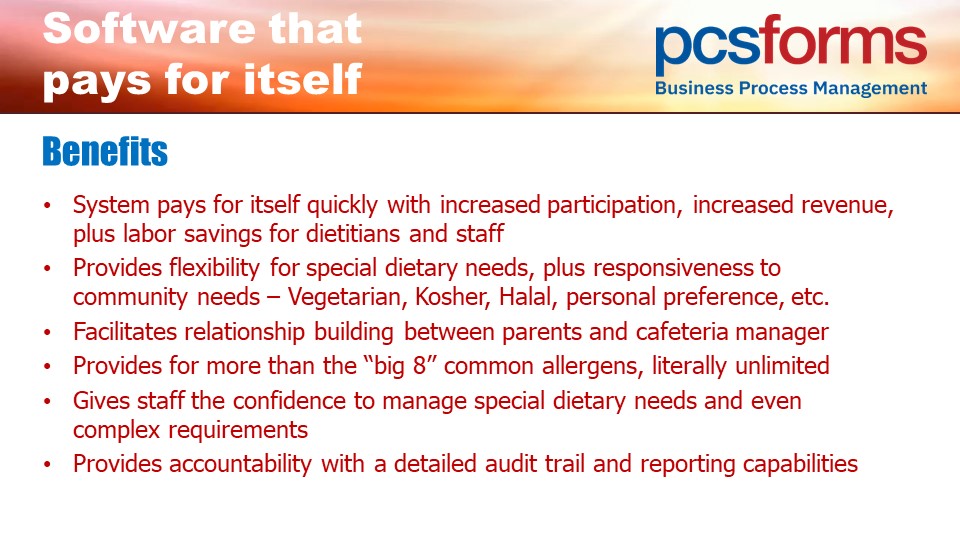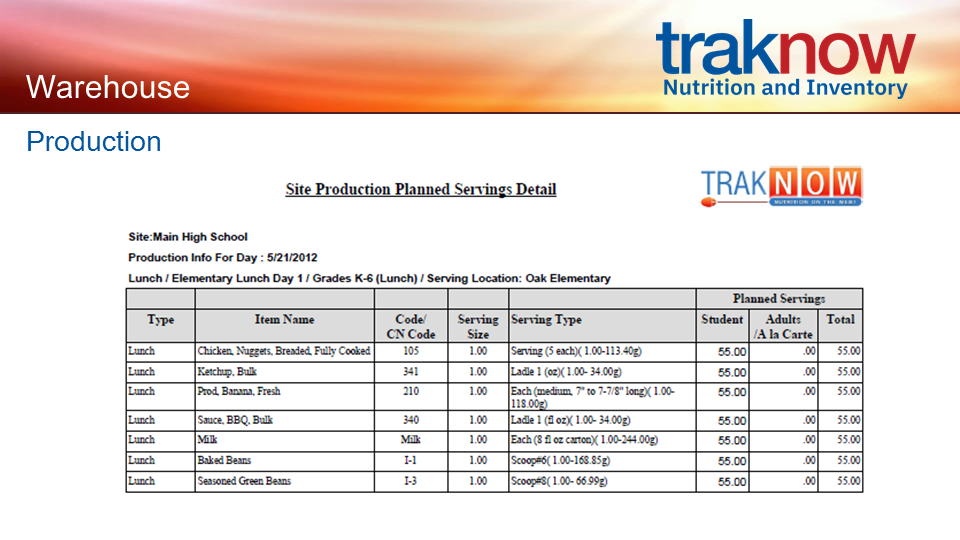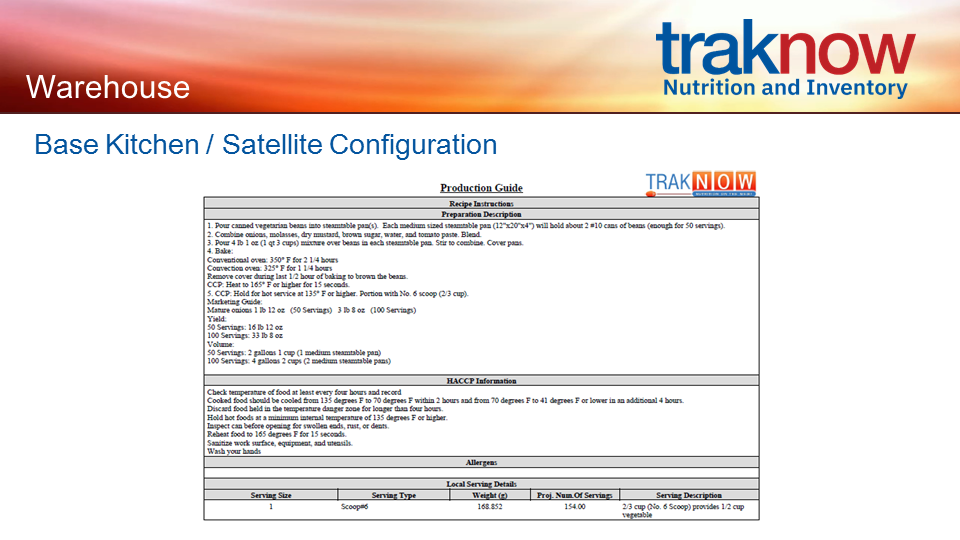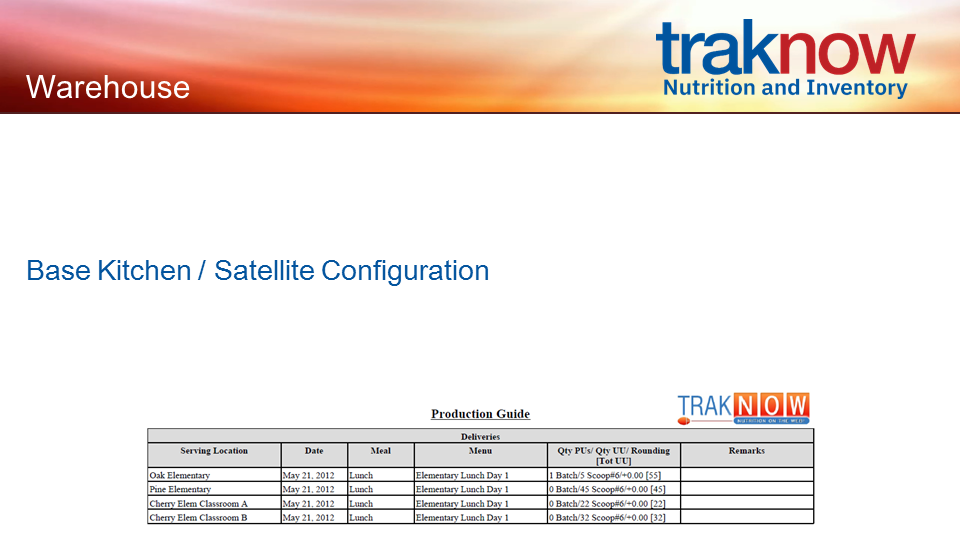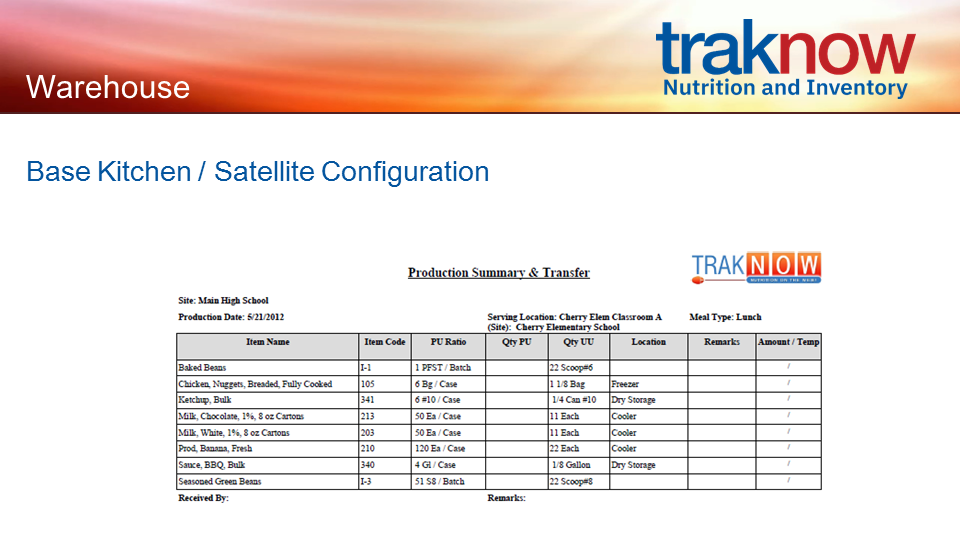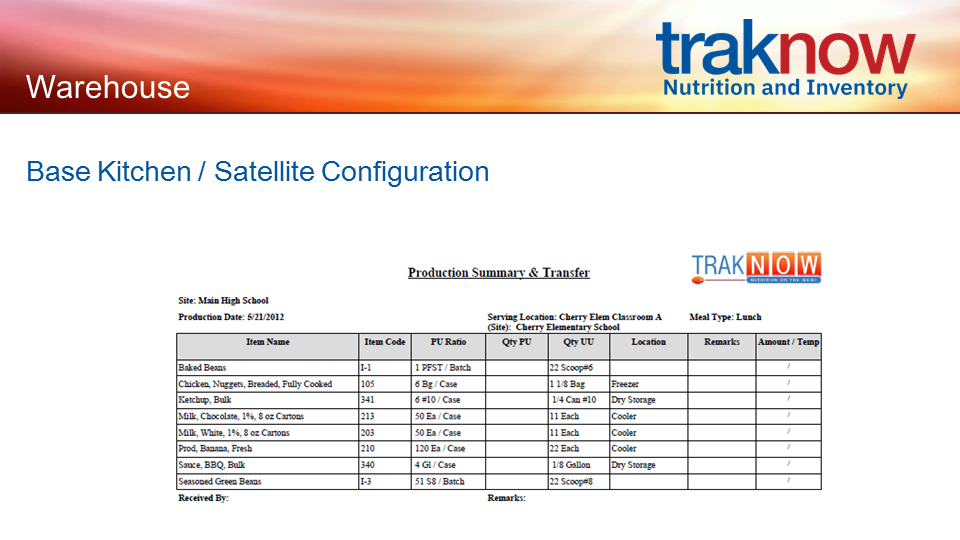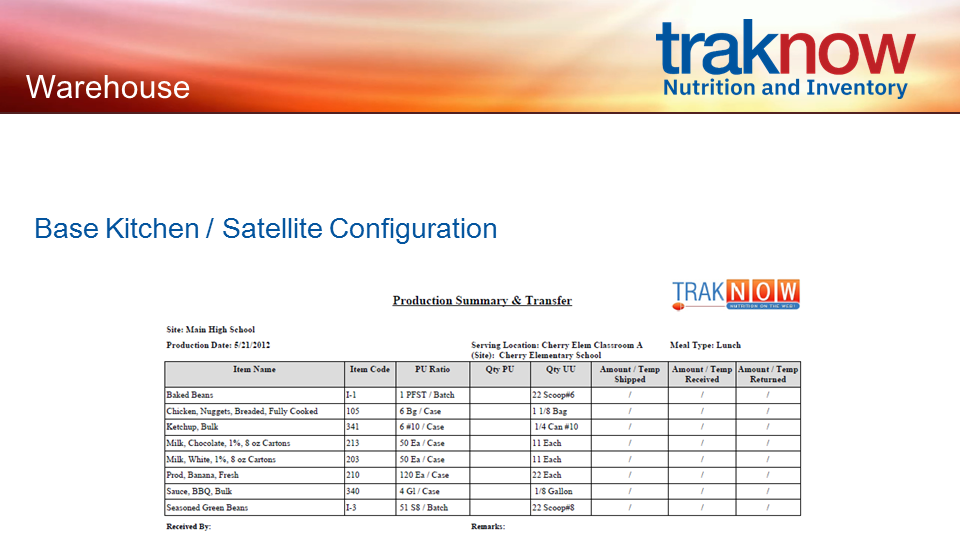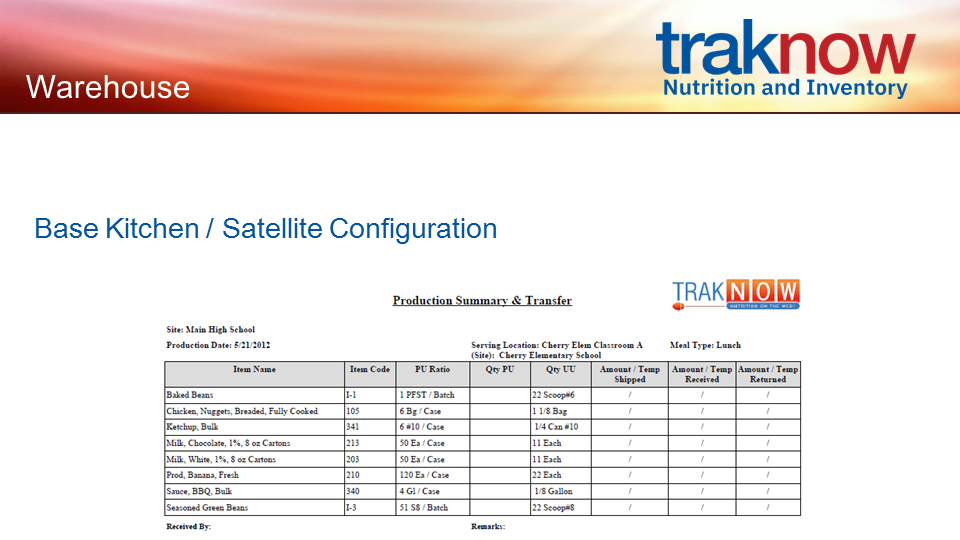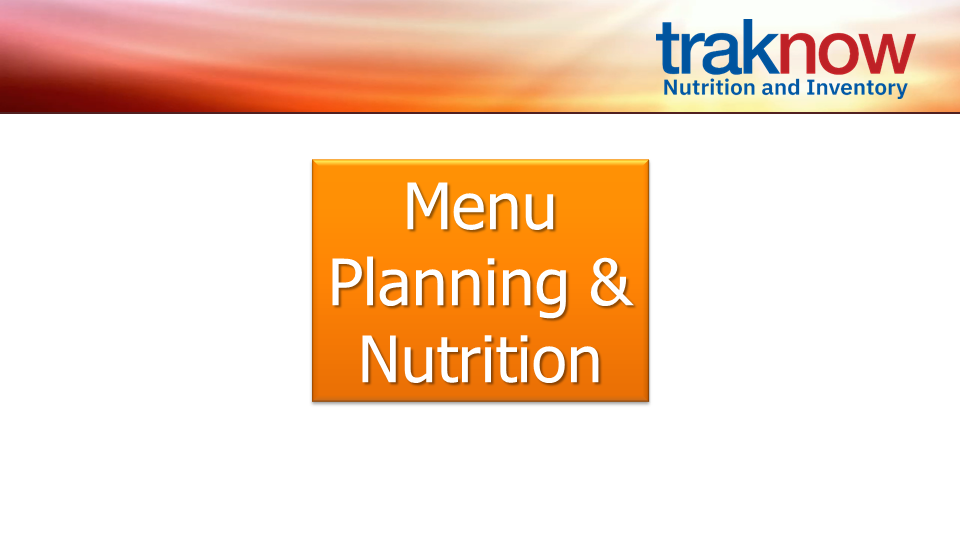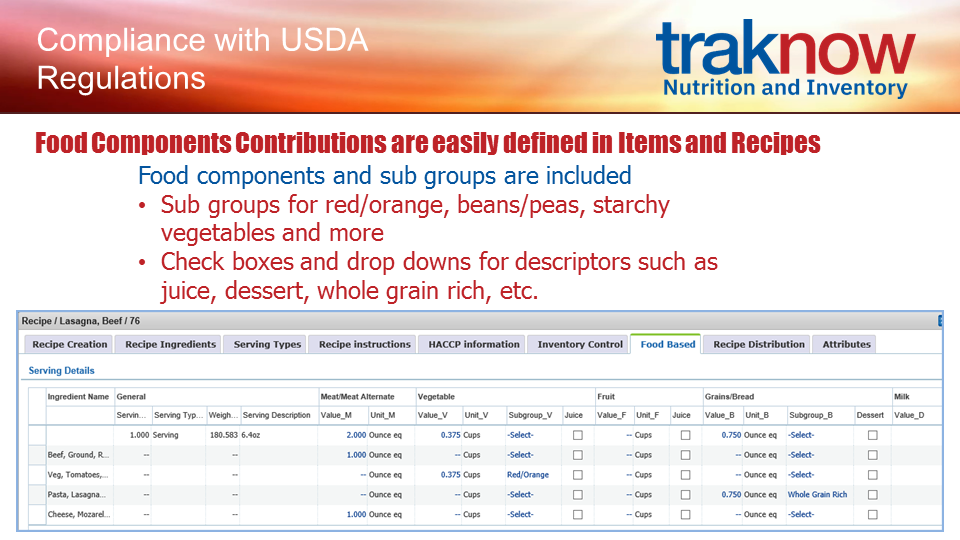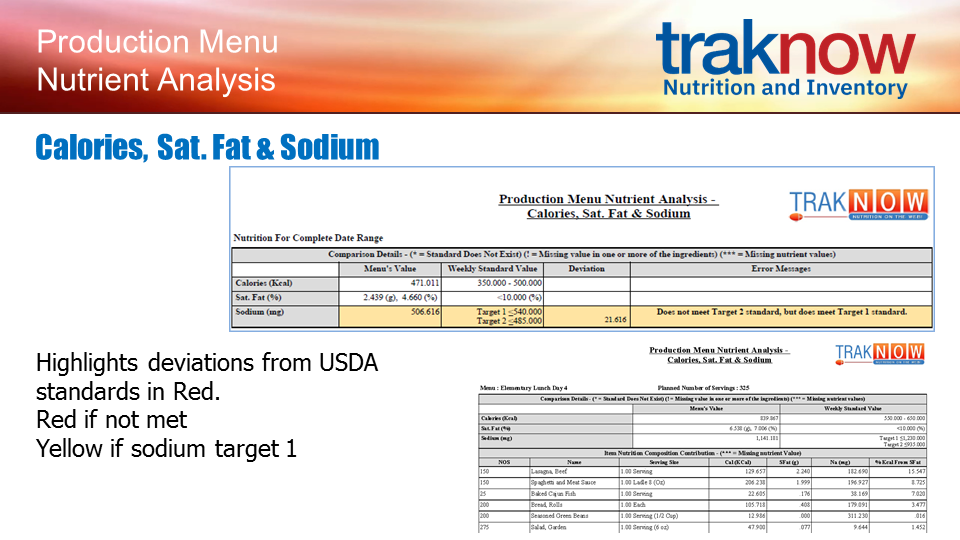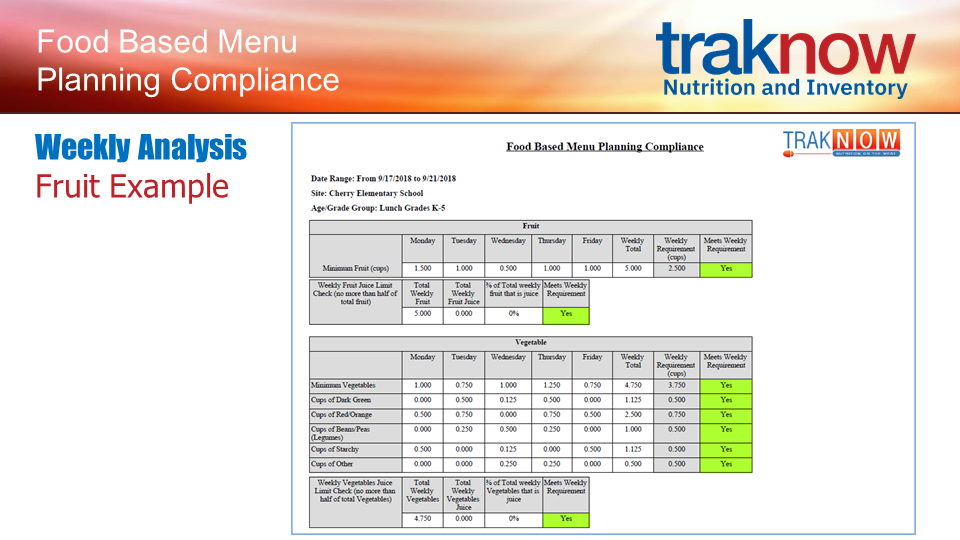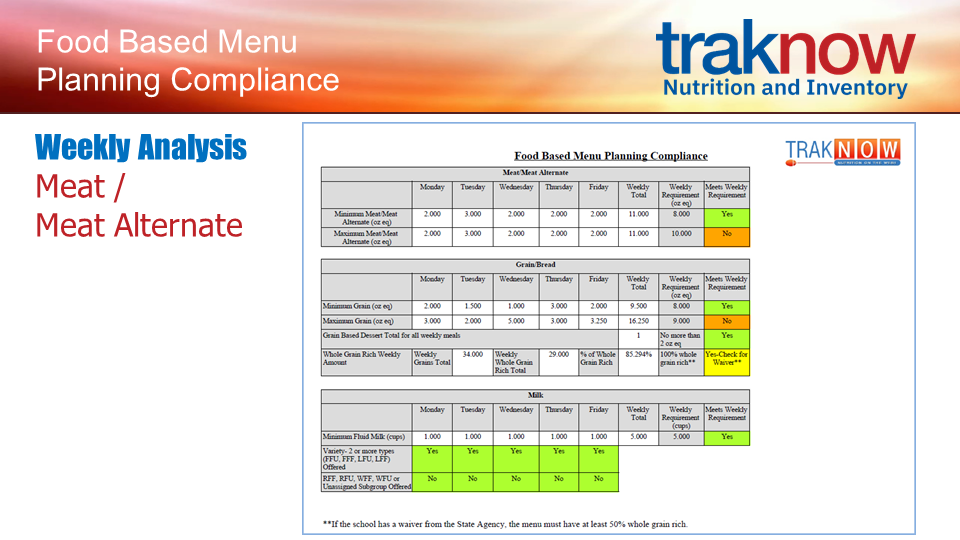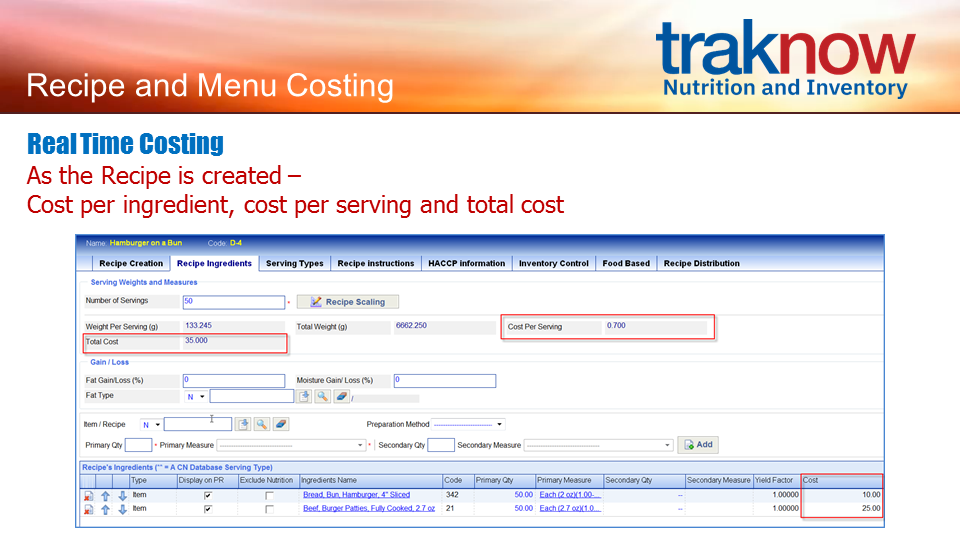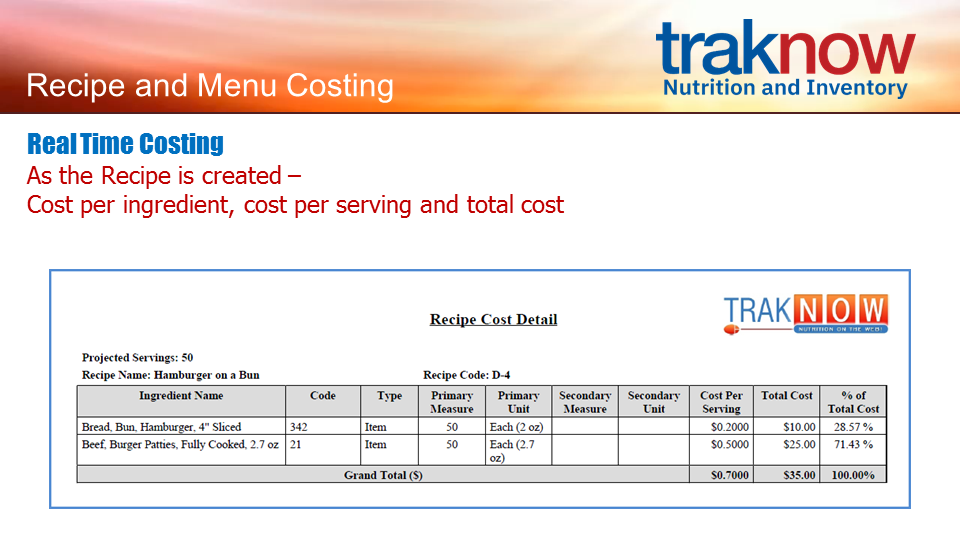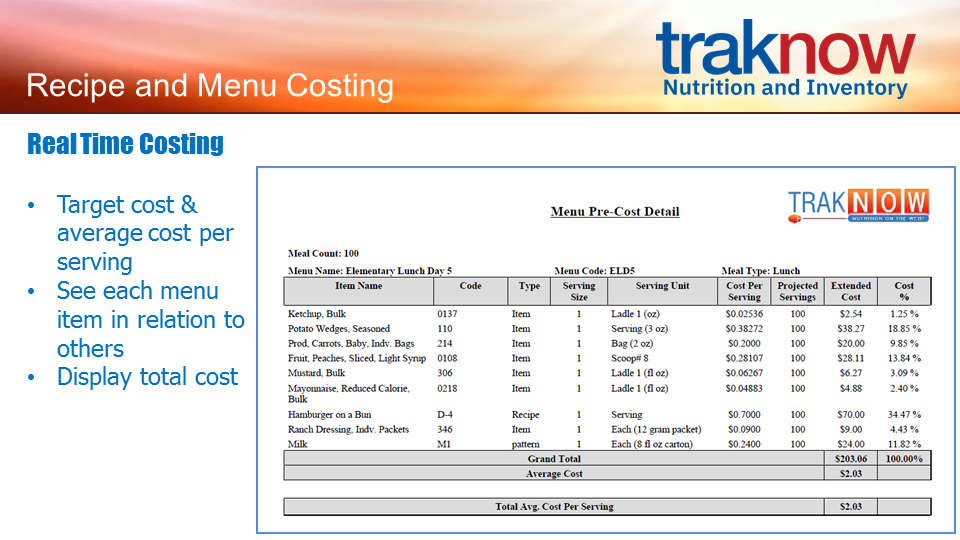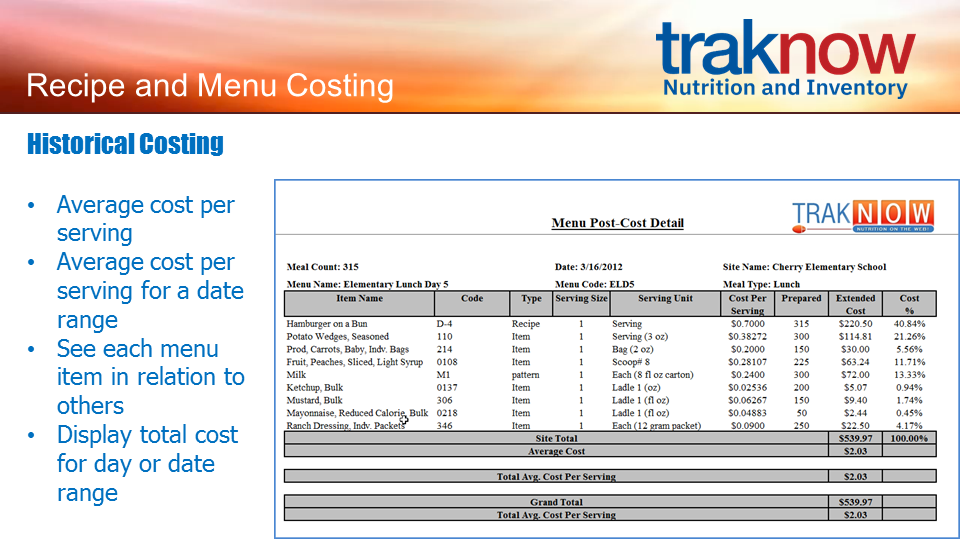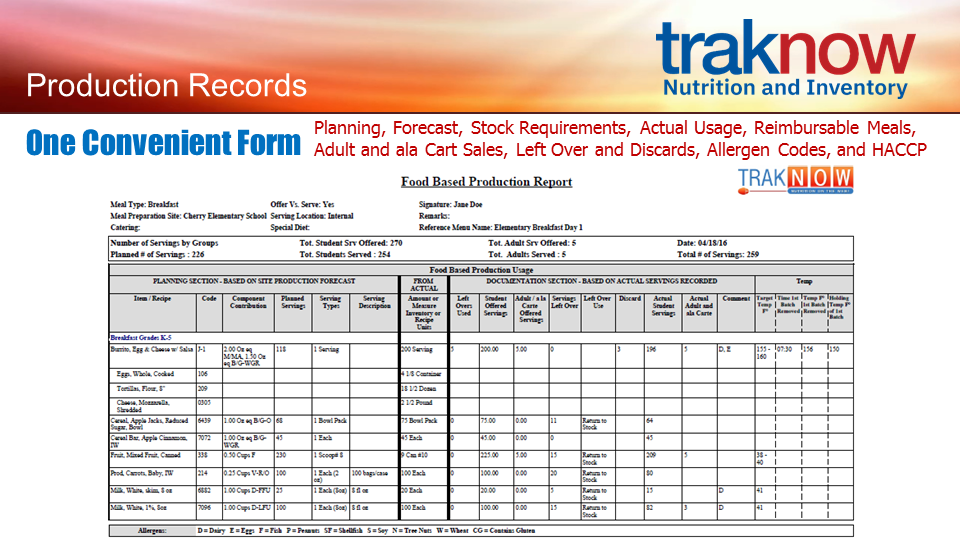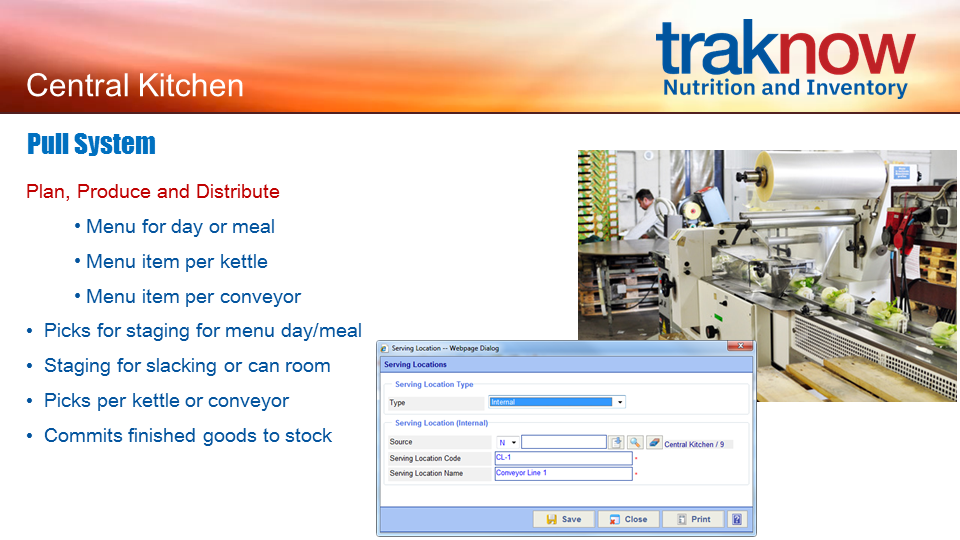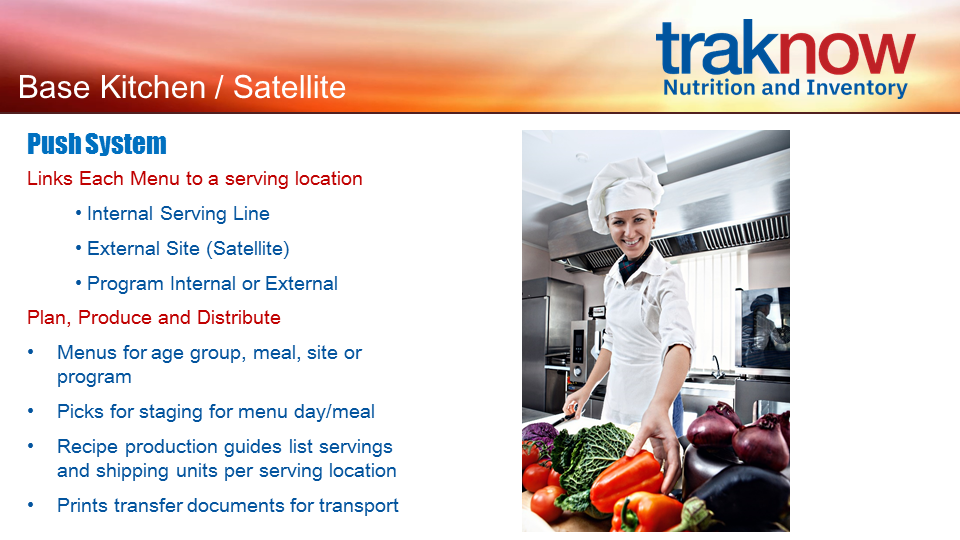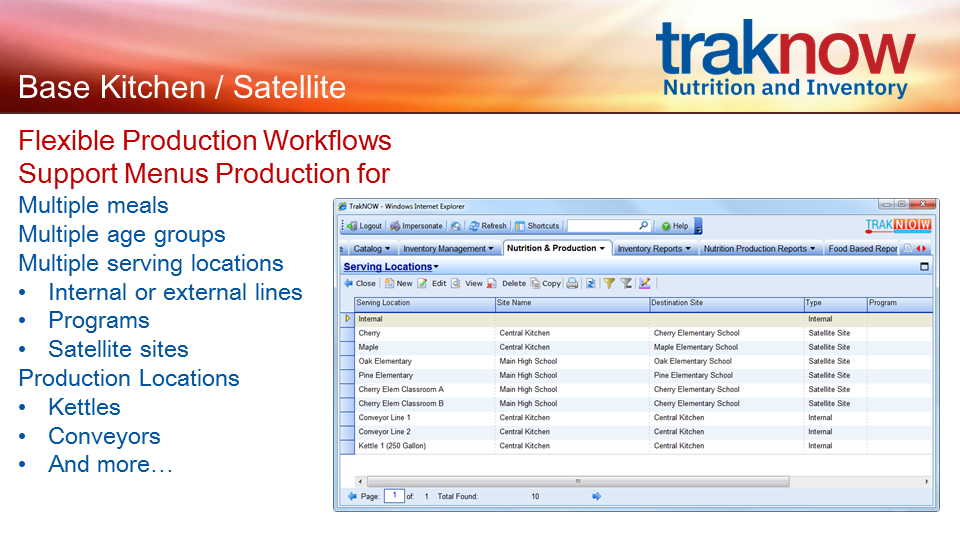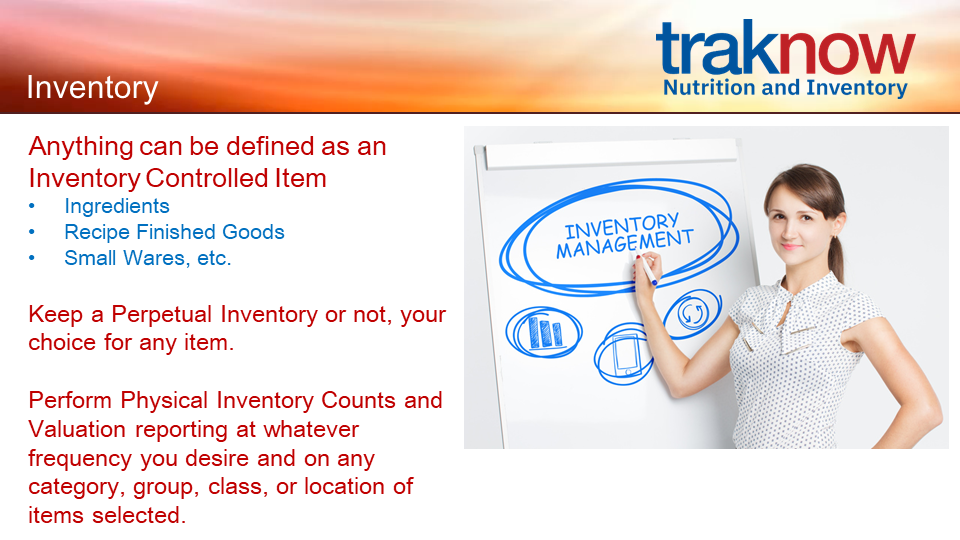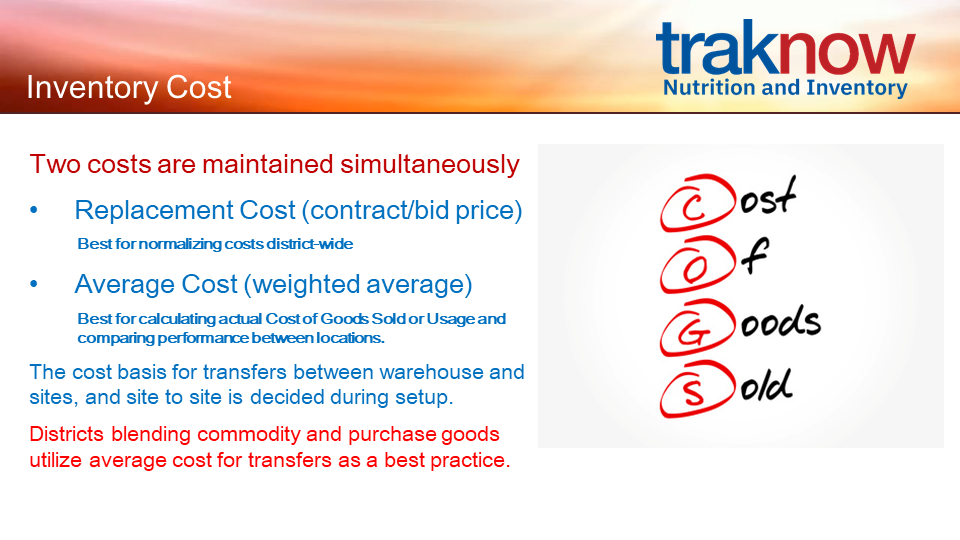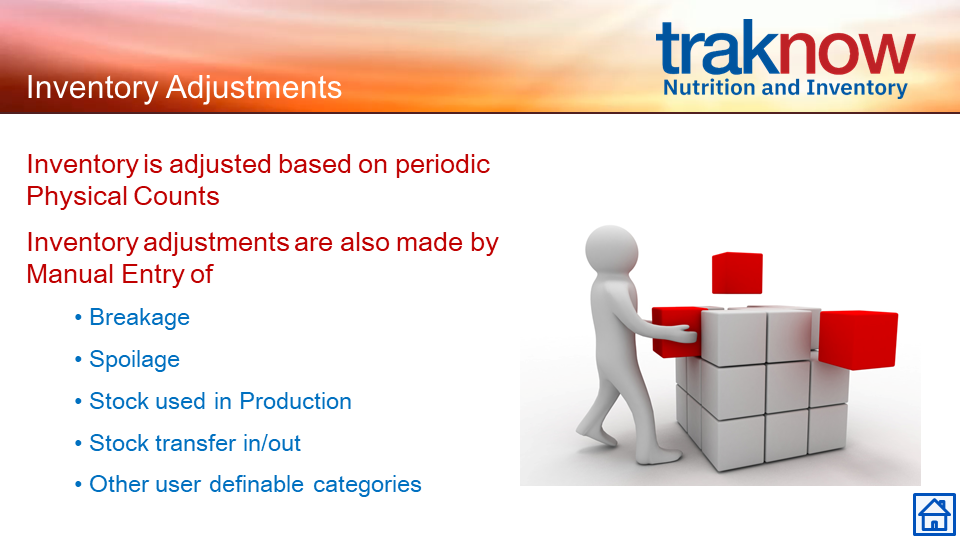Blog

Feb
CHICAGO, Ill. — Action for Healthy Kids (AFHK) encourages school districts nationwide who have made significant nutritional improvements to the quality of their school meals to apply to the Healthy Meals Incentives Recognition Awards, sponsored by the USDA’s Food and Nutrition Service (FNS). The Recognition Awards application can be found at: www.healthymealsincentives.org.
Healthy Meals Incentives Recognition Award winners – which will include all school districts who meet award criteria – will receive a travel stipend to attend an exclusive national Healthy Meals Summit in the heart of Las Vegas, NV. Winners will also receive national and local recognition through traditional and social media and have access to an awardee toolkit with promotional resources that help them publicize their success to local media and the school community. FNS and AFHK will share best practices from Recognition Awardees nationwide through traditional and social media, stakeholder engagement, training and technical assistance activities, and Healthy Meals Summits.
The Healthy Meals Incentives Recognition Awards will spotlight innovative strategies that school districts have used to serve meals that meet the 2020-2025 Dietary Guidelines for Americans. School districts can apply for one or more of the following Recognition Awards categories:
- Breakfast Trailblazer
- Small and/or Rural School Food Authority Breakfast Trailblazer
- Lunch Trailblazer
- Small and/or Rural School Food Authority Lunch Trailblazer
- Innovative School Lunch Makeover
- Innovation in the Cultural Diversity of School Meals
- Innovation in the Preparation of School Meals
- Innovation in Nutrition Education
School districts in all 50 states, the District of Columbia, Puerto Rico, Guam, and the U.S. Virgin Islands are eligible to apply for the Recognition Awards if they participate in the National School Lunch Program and/or School Breakfast Program. Applications will be reviewed on a rolling basis over a two-year application period ending June 30, 2025.
“Action for Healthy Kids is excited to partner with USDA’s Food and Nutrition Service to showcase innovative school nutrition practices that provide children with access to nutritious school meals,” said Rob Bisceglie, CEO of AFHK. “School meals are a powerful tool to help kids get the nutrition they need. We are committed to working with the USDA and school nutrition professionals to ensure that school meals continue to provide the very best for our nation’s children.”
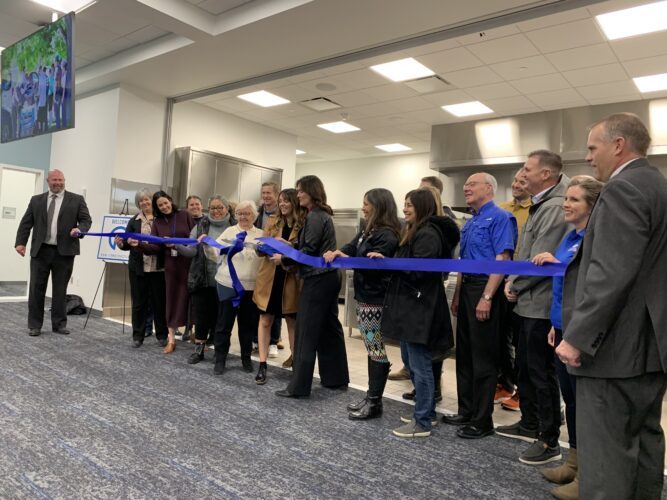
Dec
OGDEN — The Ogden School District (A PCS customer since 1999!) has taken a big step in helping its students, especially those in need.
On Friday, officials with the district and the MarketStar Foundation gathered to cut the ribbon on the district’s new Child Nutrition Center located on the campus of the district offices.
Prior to the official ribbon-cutting, Ogden School District Superintendent Luke Rasmussen told an audience of officials, media and other spectators that the district was unveiling an exciting facility.
“It’s going to provide valuable food security and storage for our students,” he said. “It’s a state-of-the art training facility, as you can see, for our kitchen staff. They’re going to be able to train new cooks and continue to train our staff in the best possible ways going forward.”
He noted that the building will do a lot beyond that.
“It’s also going to be a valuable learning center for special education students to come learn valuable job skills,” he said. “It’s added much-needed office space and we’ll use this facility for training all of our district employees.”
However, one of the biggest resources that will now be located at the Child Nutrition Center will be the MarketStar Resource Center, a collaborative partnership between the district, the Ogden School Foundation, the MarketStar Foundation, Catholic Community Services and the United Way of Northern Utah.
Brynn Murdock with the Ogden School Foundation said the MarketStar Resource Center, or MSRC, being located in the Child Nutrition Center will be a major resource for the district.
“We know that our students, no matter the opportunities we give them, aren’t going to be able to succeed if they don’t have their basic needs met,” she said. “If they’re too hungry to focus in class, if they don’t have clothing or whatever it is — this just really helps to fill those gaps so that our students can be successful. We’re excited to be opening new support centers in our schools that will allow students to have access to showers and different things, and the MSRC is going to be a vital part in that.”
Danette Pulley with the MarketStar Foundation said the group has contributed a lot of basic needs to students in the Ogden School District over the past year.
“Just last year, 598 students were served through the MSRC,” she said. “Over 17,000 items were delivered out to students in schools — that’s over 7,000 food items, over 4,000 clothing items, over 4,000 pairs of shoes, over 3,000 household and hygiene items and 2,500 kits of school supplies. The more powerful thing is the way this community continues to give. Just last year alone, another $107,000 from across the community in in-kind and cash donations continue to come in through the (Ogden) School Foundation to support the MSRC.”
Ken Crawford, maintenance director with the Ogden School District, said the new facility is about much more than just nutrition and training.
“The way we make change and the way that we break the cycles of poverty is by reaching out, providing services, helping those in need and giving them the skills and knowledge to help themselves,” he said. “I hope that when you guys come into this facility, you think of it as a place of learning, as a place of service and a place of love.”
Joyce Wilson, Board of Education president, said she’s impressed with how Ogden supports these types of initiatives.
“It’s unfortunate that the student resource centers are needed, but what a community we have that steps up … and does whatever is needed,” she said.
Following the ribbon-cutting ceremony, Rasmussen told the Standard-Examiner: “We know that we have students that come from diverse backgrounds and students that have many needs,” he said. “By trying to educate and meet the needs of the whole child, this is going to help us provide education for our students by meeting some of those basic needs our students have.”
He added the facility is fully operational as of Friday.
“We’re ready to roll,” he said.
Republished with permission from The Standard Examiner
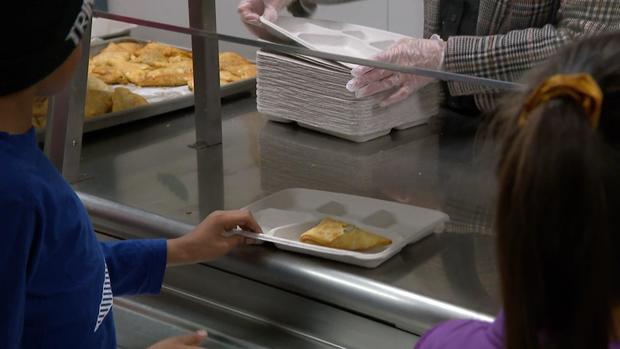
Jul
Starting July 1, a whole slate of new state laws kicked in, including one that advocates working to combat hunger say is a game changer: Free breakfast and lunch for all kids in school.
This will make permanent in Minnesota a COVID-era policy that provided the meals at no cost to students, regardless of their family income. The state “universal meals” program will begin this fall and extends to some remaining summer academic programs, according to the Minnesota Department of Education.
Meal Counts Made Easy For Statewide Free Meal Initiatives
Schools must be enrolled in the national lunch and breakfast programs in order to qualify. The federal government will still pay for meals it otherwise would for children who meet the requirements, while the state will pick up the tab for the difference of covering everyone else. That’s estimated to be $388 million in this two-year state budget.
For Amber Lightfeather, a mother of five in Duluth, said the pandemic rules allowing for the free school meals for a few years was a lifeline. That expired last fall, meaning she had to pay full price once again.
![]() Full Story: WCCO-TV (Minneapolis)
Full Story: WCCO-TV (Minneapolis)
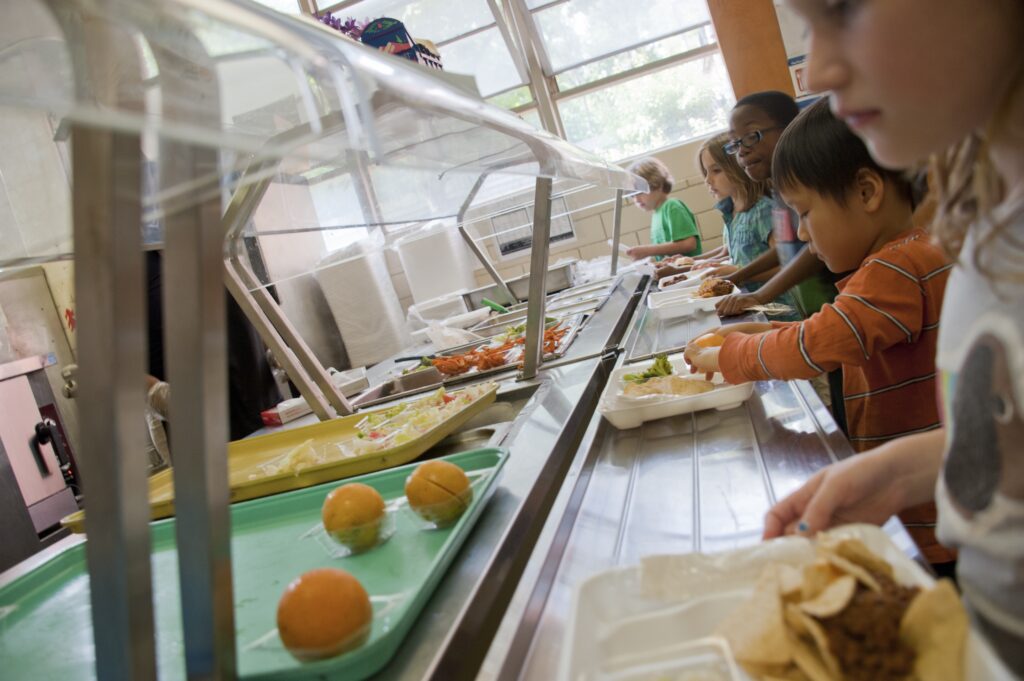
Apr
Daryn Guarino had to tell a six-year-old girl she couldn’t eat lunch.
At Athens County’s Alexander Local School District, Guarino spends his days creating recipes, building menus and serving food to the students.
But his job isn’t so enjoyable on Wednesdays.
“On Wednesdays, I become a debt collections agent, and I chase the parents of families that have begun to accumulate lunch debt,” Guarino told an Ohio House Finance subcommittee on primary and secondary education.
Each week, he has to contact 250 families, about 1/3 of the student population at Alexander, a list that grows every week.
But if he doesn’t contact the families and do everything in his power to get the meal debt paid, he and his employees in the cafeteria will see the problem they all fear: the cash register will shut off for those students.
“The student will not be allowed any transactions at all,” Guarino said. “No food, nothing.”
His lunch workers have threatened to call in sick rather than tell a student they can’t eat, even donating money when they see a student’s debt getting close to the faultline.
So Guarino has to guide students out of the lunch line himself, and watch them gradually stop coming to the lunch room at all.
“Every day afterward, that student will quietly approach a register operator and ask if they can eat that day, and slink away if they can not,” Guarino said. “Eventually, they stop coming to the cafeteria all together.”
It’s a problem seen in many school districts across the state, and one administrators are begging legislators to fix as they discuss the education budget as a whole.
Tiffany McCleese, child nutrition director for the West Clermont Local School District, said her district has almost $22,000 in school meal debt, which causes distractions for school employees, but also the students themselves.
“We are working to provide sustenance so that our students, Ohio’s children, the future of Ohio, are ready and able to learn,” McCleese said. “It is difficult to do this when so many students are distracted by rumbling tummies.”
An issue of parental debt, even a “pride gap” from parents who know the stigma attached to free and reduced lunch, becomes a student problem, where they can’t eat the hot lunch of the day, or are faced with eating no lunch at all.
“Just like textbooks, Chromebooks and transportation, school meals are essential for student success,” said Alexis Weber, food service director for Austintown Local Schools in Mahoning County.
There is federal money to support part of the meal programs, including summer meals to cover the gap when students aren’t in school, and some districts have non-profit accounts that can cover meals, but ultimately, it’s state funding they need.
“With appropriate state funding to pick up where the federal funding falls short, school food service departments in our urban cities and in our rural counties could offer breakfast and lunch at no cost to all students, eliminating all the stigma that has perpetuated for decades around school meal benefits,” Weber said.
Universal breakfast and lunch programs have the support of a majority of Ohioans, according to a Baldwin Wallace poll of parent priorities when it comes to education.
In the poll, 87% of parents said meals should be provided without regard for the student’s ability to pay for the food.
The COVID-19 pandemic also inadvertently served as a pilot program for universal lunches, as school districts took it upon themselves to send food home to students as they learned in online classrooms.
The concept of giving all students free meals regardless of income could also give a boost to farmers around the state as well, as some districts already work with local food producers to bring nutritional meals to their students, according to Weber.
By reducing the burden on parents to think about lunch, the stigma that comes with students who are easily identified as free lunch kids can also be removed, taking away a stressor for students as well as getting the food they need.
“We demand that kids be in school, away from their parents for six hours per day and then, for some reason, we refuse to feed them while they are there,” Guarino said.
To combat the “pride gap” and the stigma, Guarino said it would be better to require all families to apply for assistance, regardless of income level.
“I’d prefer that parents had a mandatory form that they had to fill out, so I wouldn’t have to chase them around,” Guarino said. “Because I know a lot of them would qualify and it wouldn’t be an issue.”
As the legislature debates the merits of private school funding, public school funding, and everything involved in education, school administrators say hunger should be a no-brainer. While increasing the annual income eligibility for free or reduced lunch – the cutoff is currently about $51,000 for a family of four – eliminating the need to pay at all would be the best solution, the school districts said.
“Who is more worthy of our tax dollars than our children?” Guarino said.
Via: Ohio Capital Journal

Mar
Breakfast in the Classroom with OrderNOW by PCS on the PayPAMS Parent Portal
Dave 0 comments School Lunch News From Around The USA, Uncategorized
Breakfast is the most important meal of the day. It is the meal that provides the body with the necessary nutrients to start the day off right. Not all children have access to a healthy breakfast at home, that is where Breakfast in the Classroom comes in. Breakfast in the Classroom is a great way to ensure that all students have access to a healthy breakfast. With the help of OrderNOW, schools can provide this service with ease and convenience.
Here’s How it Works
 OrderNOW is an ordering app for PCs, tablets, and phones that allows parents and teachers to order breakfast for their students with ease. Teachers can place orders for their entire class and parents can order breakfasts for the whole week. Meal counts are tabulated for food production and routed back to the classroom or alternate serving areas, ensuring that all students have access to a healthy meal to start their day. Parent ordering saves valuable time for teachers who no longer have to worry about collecting breakfast orders from each student and delivering them to the cafeteria.
OrderNOW is an ordering app for PCs, tablets, and phones that allows parents and teachers to order breakfast for their students with ease. Teachers can place orders for their entire class and parents can order breakfasts for the whole week. Meal counts are tabulated for food production and routed back to the classroom or alternate serving areas, ensuring that all students have access to a healthy meal to start their day. Parent ordering saves valuable time for teachers who no longer have to worry about collecting breakfast orders from each student and delivering them to the cafeteria.
OrderNOW can also be used by students with smart phones for direct orders to the cafeteria.

Feb
Students can’t learn if they’re hungry, a Utah middle-school teacher shared in a now-viral TikTok clip.
Garrett Jones’ six-second video quickly sparked a wave of generosity that would pay off thousands of dollars worth of student lunch debt.
“School lunch should be free,” wrote Jones, a five-year educator of Heber City’s Rocky Mountain Middle School, in the viral clip’s caption.
The seventh- and eighth-grade teacher posted the video as a twist on a social media trend that involved people requesting small donations toward personal trips, weddings or dream cars, KSL News reported.
When Jones, a father of two, decided to use the trend for a charitable cause two weeks ago, he had no clue the video would help raise over $30,000.
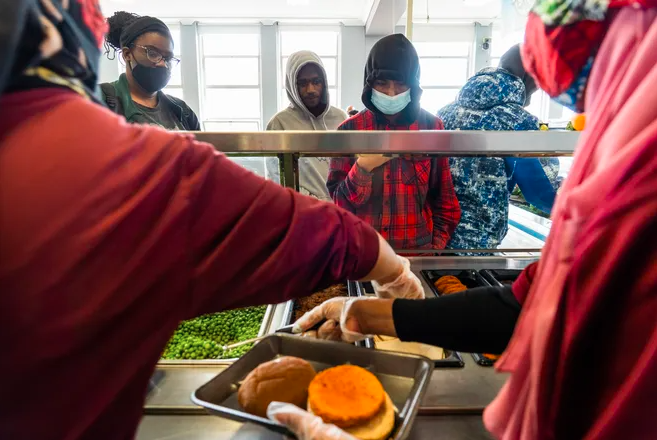
Oct
School meal debt is accruing quickly in some Michigan districts, which have returned to charging for meals following the expiration of federal waivers, says Mindy Grant, senior program manager for No Kid Hungry Michigan.
Some districts have returned to providing alternative meals, including in Livonia, where students who are unable to pay are allowed to charge as many as four meals before they are served an alternative meal of graham crackers, string cheese, milk, a vegetable and fruit.
Full Story: Detroit Free Press

Oct
TrakNOW and the Supply Chain
Gabe Aiello 0 comments Uncategorized
TrakNOW Nutrition and Inventory provides specialized search and replace workflows facilitating last minute menu and order/receive changes, even across hundreds of school cafeterias, including warehouses and central kitchens.
Supply chain issues are just a fact of life in school food service. However, since the Pandemic the supply chain woes have increased drastically. In the best of times, our TrakNOW Menu Planning, Nutrition, and Inventory software provides workflows that embody “best practices” in avoiding non-deliverables, shortages, and last-minute menu changes. But in these times, post-COVID, TrakNOW helps you to make changes quickly and efficiently when products, either ingredients, menu items, or related supplies, are not deliverable or require substitution.
When products that have been menued and ordered will not be delivered or will be substituted with another product, customers use the TrakNOW Bulk Change features. The following features can help to easily update menus and orders:
Menu Related Bulk Change Features: Allow district users to make changes to one or multiple sites on current or future days menus. Central Kitchen users also have access to the Bulk Change utility to make changes to their own menus. Changes that can be made include: Adding or replacing Items, Recipes and Patterns; Deleting Items, Recipes, Patterns, Menus, and Menu Cycles for date ranges.
For more permanent/long term changes for menus that have not yet been applied to Site Production, a special utility allows District and Supervisor users to add, delete and replace menu items for selected menus and patterns.
Item Cross Reference and Recipe Cross Reference Reports help pinpoint where selected items/recipes exist within recipes, patterns, menu templates, and menus in Site Production to assist with Bulk Changes.
Order Related Bulk Change Features: Allow district, warehouse and central kitchen users to make changes to the following order documents. Changes consist of adding, zeroing out or replacing items on Approved, Draft, and Waiting-to-be-Received Purchase Orders, On-Order Supply Requestions, and Transfers in Draft and Waiting-to-be-Received.
Learn more – Nutrition-Inventory – School Lunch POS | K-12 School Nutrition Software
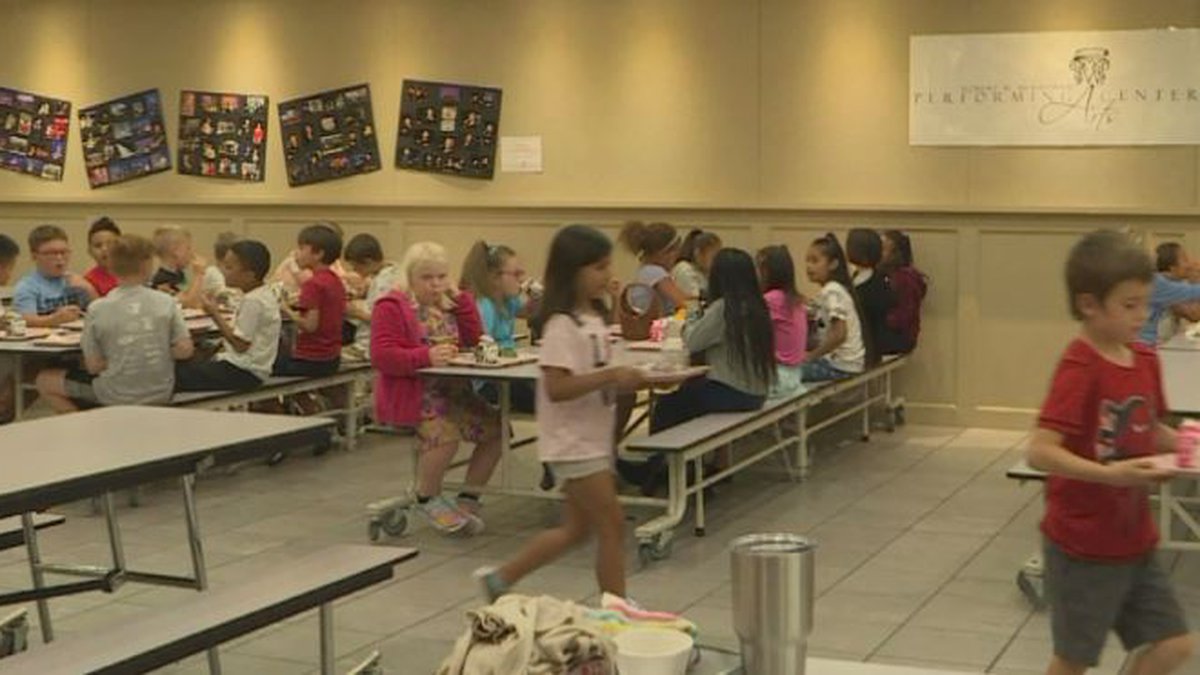
Jun
SCHOOL NUTRITION NEWS: What the Ending of the COVID Waivers Will Mean for School Lunch Next Year
Dave 0 comments Uncategorized
Schools across the country aren’t even done with this school year yet, but they are already preparing for the next one.
Changes are coming specifically to the school lunch program. Earlier this year, Congress failed to pass an extension of the COVID waivers for the next school year, which could mean many different things for your and your child.
“As we transition to regular price meals during the school year, I would imagine our numbers will significantly decrease as well because we are capturing a whole demographic of students that don’t normally eat at school because it’s no charge this year, now they are eating,” said Anji Branch, with the Gooding School District.
For the past two school years, every child has been able to eat breakfast and lunch for free at school. Next year, however, parents will have to apply for free or reduced lunch.
FULL ARTICLE AVAILABLE HERE
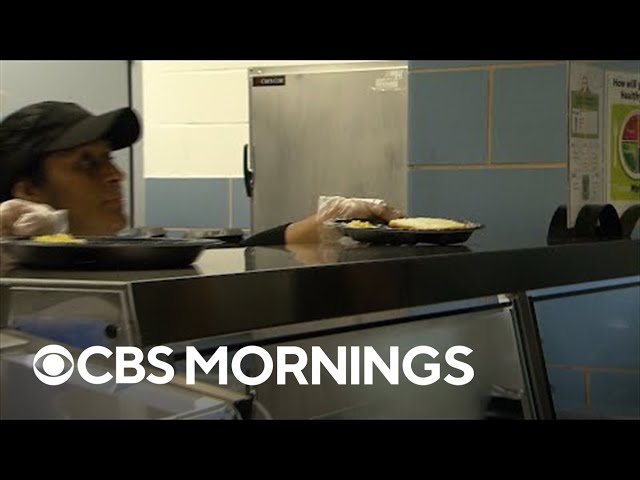
Jun
High inflation is not only squeezing family budgets across America — it is also hitting school cafeterias. The rising cost of food and ongoing disruptions to the supply chain are shrinking what’s on the menu for students across the country.
Some districts have been forced to pull back or make substitutions to deal with the spiraling cost of key ingredients. At Meade Middle School in Maryland’s Anne Arundel County, the cafeteria staff has had to improvise. They used to offer five entrees a day, but now it’s down to just one.
Elijah Lee, an eighth-grader at the school, has noticed what many students nationwide are seeing.
“We had no more condiments like ketchup and mustard and the ranch, which I loved,” he told CBS News correspondent Scott MacFarlane.
At some schools, there are no more hamburgers or chicken patty sandwiches due to problems and the price of buying buns and ketchup. Instead, they offer more tacos or bunless options and try to navigate a shortage of healthy options like carrot sticks.
“Our students are very savvy. They know what they eat, what they want,” said Jodi Risse, food and nutrition services supervisor for Anne Arundel County Public Schools.
She said that even the trays and plates have been in short supply.
“Plates became unavailable. We had to call those manufacturers and then develop those relationships to say, ‘How do we best get the trays we need to service our students?'” Risse said.
A new survey of school districts nationwide, conducted by the School Nutrition Association, reveals 97% of meal programs reported challenges with higher costs while 98% acknowledged problems getting some menu items.
In Montgomery County, Maryland, a tray of lunch food is costing the district, one of America’s largest, about 15% to 20% more than it did last year, said Jeanie Dawson, the district’s chief of finance and operations.
Costs of some ingredients are so volatile that many U.S. schools are making last-minute changes to the monthly menu, which used to be set in stone.
“So we are down to weekly menu planning, and our families and even our students and staff are not used to that,” Dawson said.
The district was also planning to serve vegan sauces and vegan soups because such items are actually easier to procure right now.
School lunch costs are poised to rise again on July 1, when an emergency measure enacted at the start of the pandemic expires. The U.S. Department of Agriculture, which has been offering schools $4.56 reimbursement for every meal served, will reduce that reimbursement to pre-pandemic levels — $3.75.
In Anne Arundel County, the school district could lose about $700,000 a month in reimbursement, Risse said.
“That’s huge,” she said. “That’s going to be a big hit for us

 Contact
Contact 